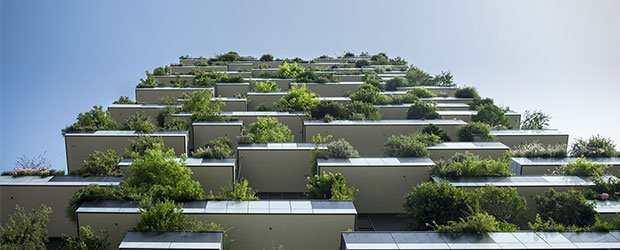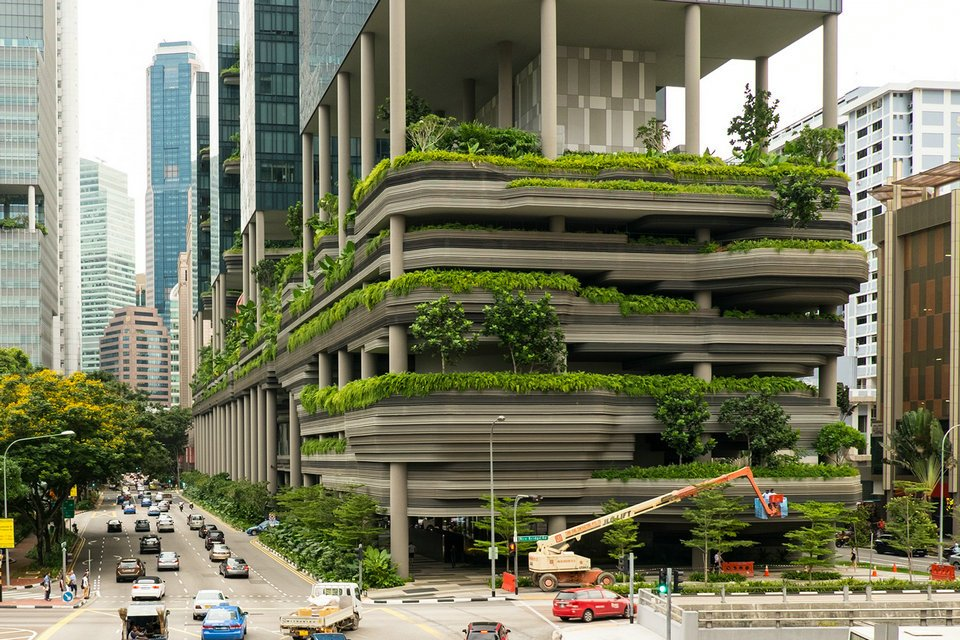
Energy-Efficient Building Strategies for Environmental Conservation
Introduction:
In the pursuit of a sustainable future, the construction industry plays a pivotal role by adopting energy-efficient building strategies. As the global demand for energy continues to rise and environmental concerns intensify, it becomes imperative to explore innovative approaches that prioritize energy conservation. This article delves into key strategies employed in energy-efficient building design, highlighting their significance in environmental conservation.
1. **Passive Solar Design:**
Passive solar design harnesses the sun’s energy to maximize natural heating and lighting within a building. Strategic placement of windows, thermal mass, and effective insulation contribute to maintaining optimal temperatures, reducing the need for artificial heating or cooling.
2. **High-Performance Insulation:**
A crucial aspect of energy-efficient buildings is the use of high-performance insulation materials. Proper insulation minimizes heat transfer through walls, roofs, and floors, creating a more stable indoor environment and significantly reducing the energy required for heating and cooling.
3. **Energy-Efficient Windows and Doors:**
The installation of energy-efficient windows and doors, equipped with advanced glazing technologies, helps control heat transfer. These features enhance natural light penetration while minimizing heat gain or loss, contributing to both energy savings and improved occupant comfort.
4. **Smart HVAC Systems:**
Heating, ventilation, and air conditioning (HVAC) systems are major energy consumers in buildings. Energy-efficient HVAC systems, equipped with smart controls, zoning capabilities, and high-efficiency components, optimize temperature regulation and reduce overall energy consumption.
5. **Renewable Energy Integration:**
Incorporating renewable energy sources such as solar panels, wind turbines, or geothermal systems is a hallmark of energy-efficient buildings. By generating clean energy on-site, these buildings contribute to a reduced reliance on fossil fuels and a lower carbon footprint.
6. **Energy-Efficient Lighting:**
Advanced lighting technologies, including LED fixtures and motion sensors, significantly reduce energy consumption compared to traditional lighting systems. Implementing natural daylighting strategies further minimizes the need for artificial lighting during daylight hours.
7. **Building Energy Management Systems (BEMS):**
BEMS technologies provide real-time monitoring and control of a building’s energy usage. By optimizing energy consumption based on occupancy, weather conditions, and other factors, these systems enhance energy efficiency and contribute to ongoing conservation efforts.
8. **Green Roof and Wall Systems:**
Green roofs and walls offer insulation benefits, reduce the urban heat island effect, and provide natural cooling. They contribute to energy efficiency by moderating indoor temperatures and, in turn, reducing the demand for mechanical cooling systems.
9. **Energy-Efficient Appliances and Equipment:**
The selection of energy-efficient appliances, lighting fixtures, and office equipment plays a crucial role in minimizing the overall energy demand of a building. Energy Star-rated devices and equipment are designed to meet stringent energy efficiency criteria.
10. **Occupant Awareness and Engagement:**
Educating building occupants on energy conservation practices fosters a culture of awareness and responsibility. Implementing energy-efficient behaviors, such as turning off lights and electronics when not in use, contributes to sustained energy savings.
Conclusion:
Energy-efficient building strategies are indispensable in the collective effort towards environmental conservation. By adopting passive solar design, high-performance insulation, smart HVAC systems, renewable energy integration, and other innovative approaches, buildings can significantly reduce their environmental impact. As the construction industry continues to embrace these strategies, it takes a decisive step towards a more sustainable and resilient future, where energy conservation becomes a cornerstone of responsible architectural and engineering practices.



